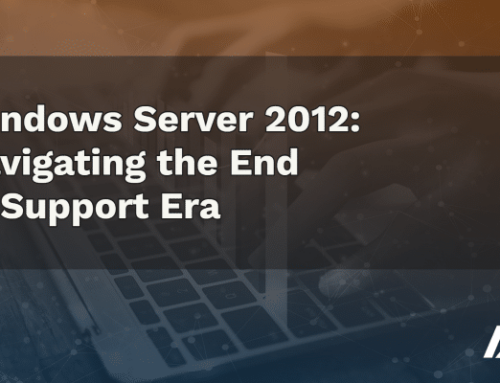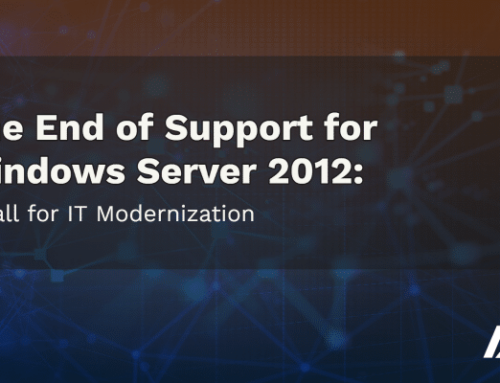Introduction
In the IT realm, patch management is vital. It ensures software security and efficiency. As we approach the end of support for Windows Server 2012 on October 10, 2023, the importance of patch management grows. Without Microsoft’s regular updates, systems on Windows Server 2012 will become vulnerable. Therefore, effective patch management is necessary. In this article, we’ll discuss patch management and its increasing relevance as Windows Server 2012 approaches its end of life.
1. The Role of Patch Management
Patch management, at its core, is systematic. It involves acquiring, testing, and installing patches on network applications. It’s crucial for enhancing security, ensuring uptime, and maintaining compliance. Moreover, as Windows Server 2012 nears its end, relying on patch management strategies becomes vital.
2. Patch Management vs. Vulnerability Management
While patch management and vulnerability management are distinct, they are interconnected. Vulnerability management is a broader concept. It encompasses the processes of identifying, prioritizing, remediating, and reporting security vulnerabilities. For Windows Server 2012’s end of life, it’s essential to identify vulnerabilities that may arise due to the cessation of support and then prioritize their remediation.
3. Options When a Vulnerability is Identified
Upon identifying a vulnerability, organizations have three primary options. They can either install a patch, implement controls, or accept the risk. With the upcoming end of support for Windows Server 2012, the absence of Microsoft patches makes the other two options more relevant.
4. Steps to Implement Patch Management
The journey of implementing patch management is multifaceted. It includes steps such as asset management, vulnerability prioritization, and remediation. Additionally, it’s essential to measure program success and develop strong partnerships. Given Windows Server 2012’s impending end of support, these steps become even more critical.
5. Benefits of a Patch Management Program
A robust patch management program offers numerous advantages. These range from enhanced security to customer satisfaction, regulatory compliance, and the ability to roll out product innovations. As Windows Server 2012 approaches its end of life, harnessing these benefits becomes increasingly crucial.
6. The Patch Management Process
Crafting a strategic patch management process is essential. It involves creating an up-to-date inventory of production systems, standardizing systems, and listing security controls. Furthermore, it’s about comparing vulnerabilities against your inventory, classifying risks, testing, applying patches, and tracking progress. In light of Windows Server 2012’s end of life, this process serves as a guiding light for organizations.
7. Best Practices for Implementing Patch Management
For effective patch management, adherence to best practices is non-negotiable. These practices encompass setting clear expectations, fostering collaboration with technical teams, and establishing a robust disaster recovery plan. By setting clear expectations, stakeholders align their roles. Collaboration becomes the linchpin for addressing vulnerabilities effectively. Lastly, a recovery plan acts as a safety net, ensuring swift recovery from potential failures.
Conclusion
As the end of support for Windows Server 2012 draws near, organizations face a challenge. They must manage looming security risks proactively. Patch management emerges as a linchpin in this endeavor, aiding in the identification and rectification of vulnerabilities. By understanding and implementing patch management best practices, organizations can navigate this phase with confidence and foresight.
Next Steps
Ideally, it’s best to start planning your upgrade early. However, if you haven’t, we’re here to assist now. Contact us to kickstart your Windows Server 2012 transition.





